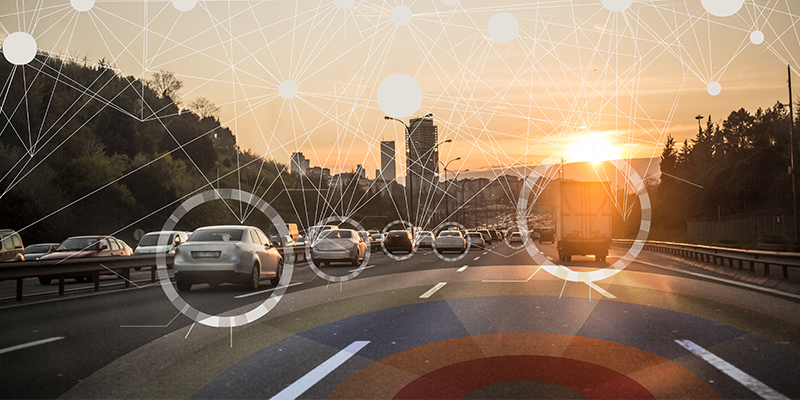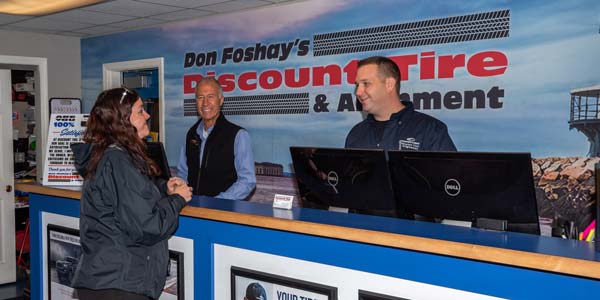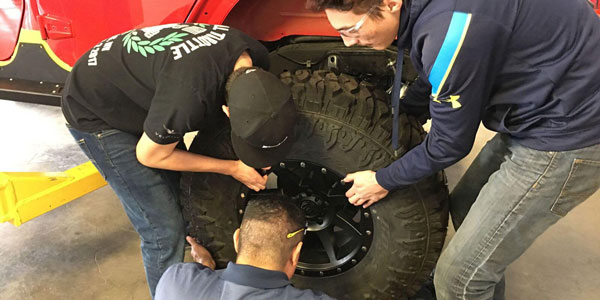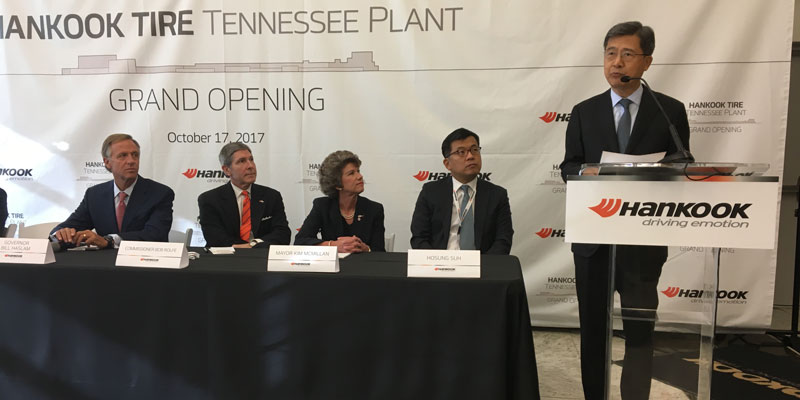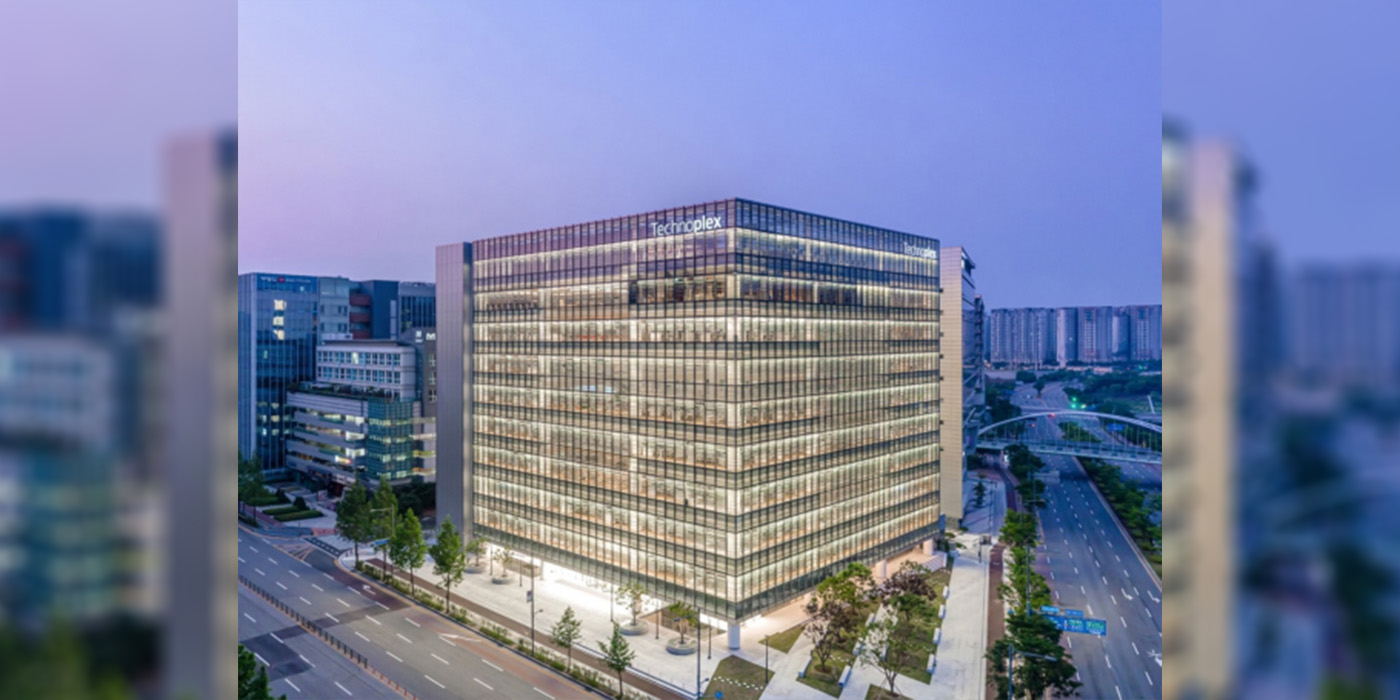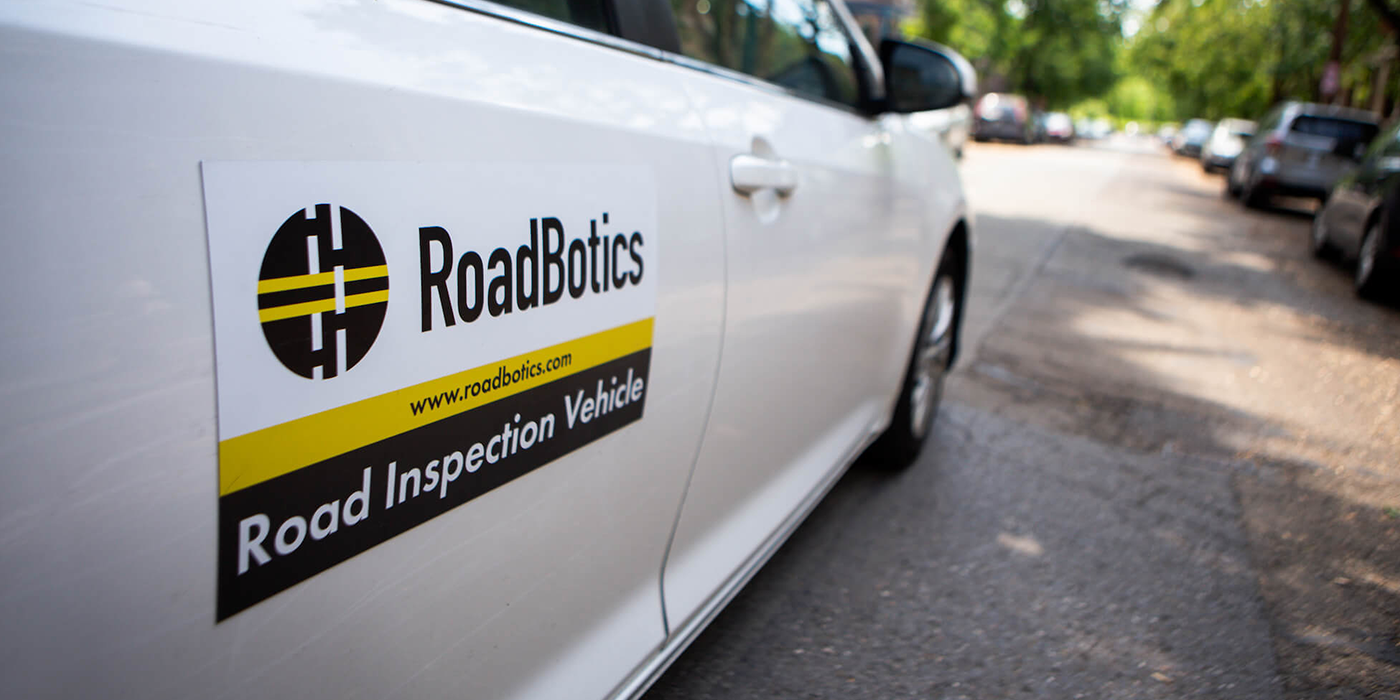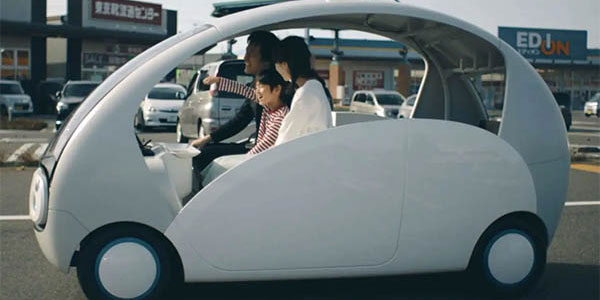This article should really be called “Our Autonomous Present” because it is already here in many forms. Autonomous does not mean “driverless.” We are already seeing many autonomous features and technology on the road with ADAS (Advanced Driver Assistance Systems) technology. We will start to see an increase in Level 2 and 3 autonomous vehicles well before we see a driverless car trend.
Driverless or not, safety continues to be both the biggest motivator for automotive manufacturers to invest in the autonomous vehicle, as well as the biggest driver for consumers to question the technology. We still face the startling statistic that over 90% of vehicle accidents are caused by human error, which means that over 90% of automotive accidents could be prevented if humans made different decisions and then acted appropriately. This is not a new statistic by any means. However, a major challenge in the market is that over 20% of drivers still feel safer having personal control of their vehicle than to have the vehicle drive itself.
The technology behind the autonomous vehicle is meant to perform far better than a human ever could, and it is ultimately why safety is the biggest driver for autonomy. We, as humans, are simply limited on how well we can perform certain tasks. A perfect example is driving at night. Humans have poor night vision and the inability to sense our surroundings. Technology will outperform humans in three vital areas: perception, decision and action.
Humans allow a lot of room for error when it comes to sensing and perceiving our surroundings. We can have naturally poor vision, get distracted or make poor choices that take away from our ability to sense our environment around us. Texting, having a bad day at work or spilling coffee are all things that can easily distract a human driver and cause an automotive accident. This is where sensors will outperform humans.
The second thing that has to be failproof is the decision to act. Humans might see something coming up and know we have to do something, but we can easily make the wrong decision. I can see a car coming at me in my lane, but do I swerve to the right or to the left? It is a decision that needs to be made in a split second and it’s very possible to make the wrong one. Technology can be programmed to make the right decision in millions of different scenarios.
READ MORE: State of the Industry 2018 Report
The last factor is the action itself. Let’s assume my perception is perfect, and I make the right decision in a split second. I need to also take a skillful action. For example, I might know that I need to change lanes to avoid an oncoming vehicle but maybe I freeze or oversteer into another lane causing a large accident. Eventually, technology will be able to compensate for these areas of human error.
ADAS is already making up for a lot of these factors with technology like rear cross-traffic alert, blind-spot alert, lane keep assistance, adaptive cruise control and emergency braking. However, we are finding that customers are not overly eager to use these technologies when given the opportunity. According to Wards Intelligence, ADAS features are largely considered the feeder technology to full AVs, and the effectiveness of ADAS is actually very limited in the field. Consumers even tend to shut them off if given the option in a vehicle. An IIHS survey revealed that consumers turn off lane-keep features 49% of time, further verifying that consumers still generally prefer having complete control over the vehicle.
This doesn’t come as a huge surprise, and it lines itself up with how most technologies are adopted by consumers. Older generations will likely pass on the autonomous features, but as younger consumers fill the market, the autonomous technology will too. It might even happen quicker, as the pros and cons of autonomy continue to be weighed and understood by the public.
The idea of a computer on wheels driving your child to soccer practice will get easier over time, especially as time continues to become more and more valuable. The convenience and freedom autonomy provides will eventually start to outweigh the doubts of the technology and the younger, more tech-savvy generation has proven to adopt dramatic changes very quickly.
As with most tech trends, the technology has to first prove itself to a very skeptical consumer. One crash by an autonomous vehicle seems to occupy more of the public debate than the impact of hundreds of accidents that happen everyday by human error. Technology will have to continue to improve and lead the way.
In spite of a rightfully skeptical customer, we expect ADAS technology to start making more and more appearances in our current vehicle fleets. While there may continue to be skepticism, technology will unobtrusively become an important feature of a vehicle. We will have more technology deployed than we know and when it takes control, the transition is likely to be smooth and unremarkable. As the presence of this technology increases in the market, so will the cost of vehicles and the cost of maintenance and replacement.
So, what do higher vehicle costs and maintenance costs translate into? In the case of private ownership, it is the convenience, safety, and reduced cost of accidents that will pay for the sense of security for the consumer. In ride-share and ride-hail cars, as the cost per mile of autonomous vehicles drops below that of ownership, more drivers will pass on buying a vehicle and rely on ridesharing and hailing to get around. Consumer drivers are leaning more toward paying for rides everyday. Even if vehicle purchase prices and maintenance costs increase in autonomous vehicles, paying for a ride will likely still be less expensive than owning and maintaining a vehicle, especially a fully autonomous vehicle. It’s not only less expensive, but in many ways, it is simply more convenient. For example, autonomous vehicles wouldn’t require you to spend time or money parking, paying traffic fines or maintaining a vehicle.
Fleet managers will need to rely heavily on Vehicle Health Monitoring (VHM) to keep their vehicles on the road and avoid leaving unhappy customers stranded. Prognostics will become increasingly important since predictive maintenance will be the key to guaranteeing optimal performance and reliability. Current vehicles use diagnostics to alert the owner or driver of any potential issues with the car when something goes wrong. As we have already understood, this is not failproof. It might enable the vehicle to safely pull over in the case of an issue. However, it does so at the cost of stranding a passenger while waiting for a new ride. The idea behind prognostics is that owners will become aware of potential failures well before they become an issue at all, increasing customer satisfaction and trust.
Vehicles will rely on new sensing systems such as Light Detection and Ranging Systems (LiDAR), radar and cameras. LiDAR is essentially a radar system that uses laser instead of radio waves. It becomes a critical sensing mode for a vehicle as a combination of LiDAR, cameras and radar replace the vision of the operator and also provide redundancy in order to ensure acceptable degraded performance in the event of a rare failure or malfunction of one of the sensing modes. Some of these vehicles can have as many as 20 of a combination of these sensors installed.
A fundamental hypothesis, when it comes to the autonomous vehicle, is the technology will continuously become more accurate and more efficient than human performance. Sensors will simply have more capabilities and enable better vehicle performance than humans can offer. This technology will be adopted by the market and steadily increase the technology we see on the road. This will pave the way to acceptance of the vehicle taking over more control functions and open the road to a driverless car.
Vishy Seetharaman is the general manager of ADAS Sensing at Sensata Technologies.

